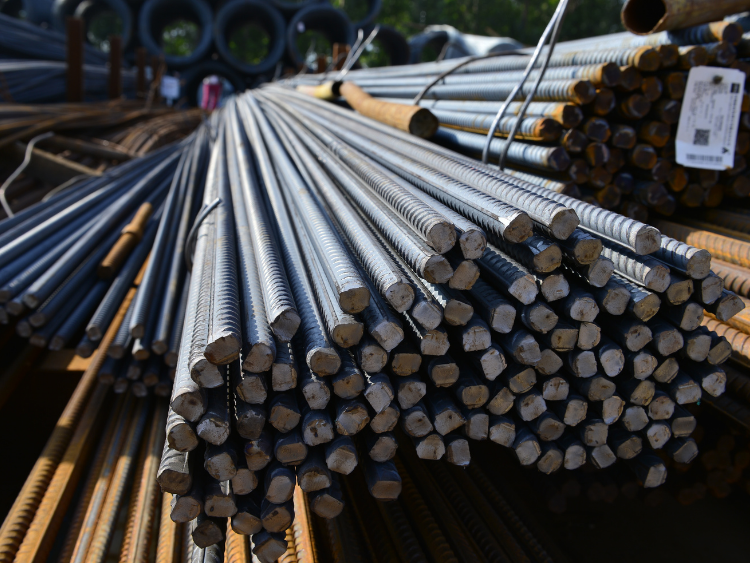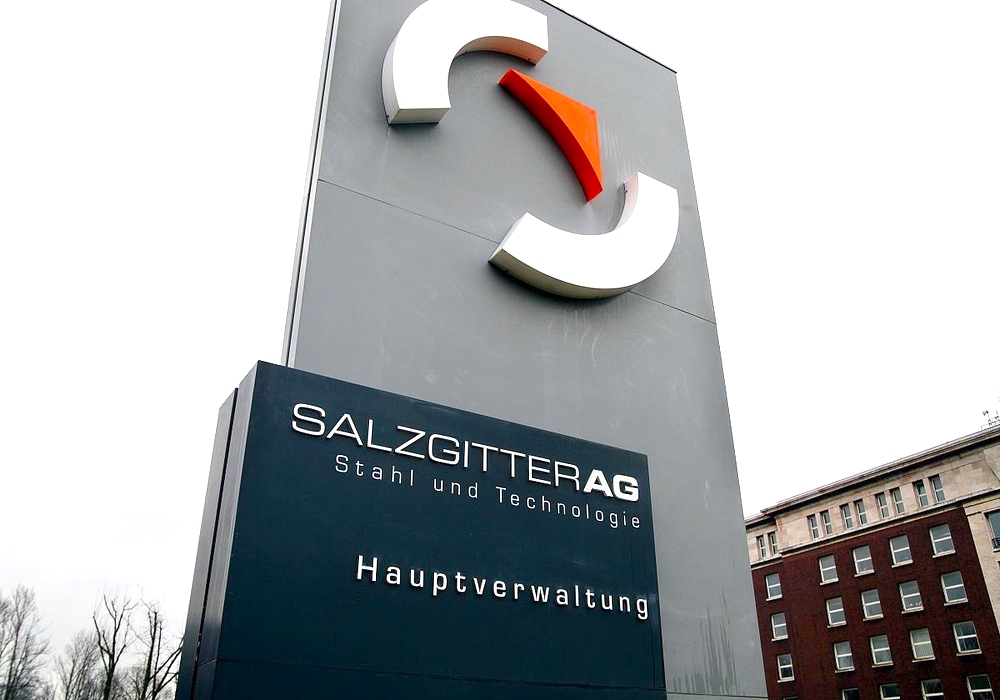Welcome to EUROMETAL
The Voice of European Steel, Tubes and Metal Distribution representing all types of Steel Intermediation.
Welcome to EUROMETAL
The Voice of European Steel, Tubes and Metal Distribution representing all types of Steel Intermediation.
EUROMETAL Steel Seminar
Luxembourg
25.04.2024
EUROMETAL Steel Day
Zurich
15-16.05.2024
EUROMETAL SSC Arbeitskreis
Gera
23.05.2024
Eurometal
Steel Distribution News
23 April 2024
Ukraine: ArcelorMittal investiert in neues Werk für Bauprodukte
ArcelorMittal Construction plant ein neues Werk für Bauprodukte in der Ukraine zu errichten, um den Wiederaufbau des...
22 April 2024
Polish rebar prices continue to slide on weak demand, strong competition from imports
Polish domestic rebar prices fell again in the week to Friday April 19, due to weak demand...
22 April 2024
Steel HRC prices in Europe hit bottom, sources say
The European markets for steel hot-rolled coil were quiet on Friday April 19, with limited volumes being...
22 April 2024
UK TRA recommends extension of steel safeguard measures
The UK Trade Remedies Authority (TRA) proposes a two-year extension to protect the country’s steel industry from...
22 April 2024
Thyssenkrupp Materials buys carbon-reduced goods from tk Steel
Thyssenkrupp (tk) Steel Europe has agreed to sell climate-friendly steel to its tk Materials Services, Kallanish learns from the affiliates...
22 April 2024
Salzgitter secures ‘green loan’ for decarbonisation
Salzgitter AG has signed two export credit agency (ECA)-covered “Green Loan” financings to support the decarbonisation of...
Latest News
Steel HRC prices in Europe hit bottom, sources say
22 April 2024
Salzgitter secures ‘green loan’ for decarbonisation
22 April 2024
EUROMETAL at Wire & Tube 2024 in Düsseldorf
19 April 2024
NW European rebar prices remain weak
19 April 2024
Italian coil derivative prices continue to weaken
19 April 2024
Italy to discuss CBAM changes with Brussels
19 April 2024
Bowim foresees challenging sales, margins in 2024
18 April 2024
UK Steel proposes 2026 CBAM start
18 April 2024
SSAB ceo Lindqvist to step down
16 April 2024
US, EU regulators initiate fresh Nippon/USS probes
12 April 2024
Northern European wire rod prices hold steady
12 April 2024
Blastr appoints Mark Bula as CEO
12 April 2024
Worldsteel: China’s steel demand to fall in 2025
11 April 2024
EU steel demand to recover in 2025: worldsteel
11 April 2024
Lindqvist steps down as SSAB chief
10 April 2024
Become a member
Expand your reach and grow your business joining the main European network of steel distributors, service centres and traders.







